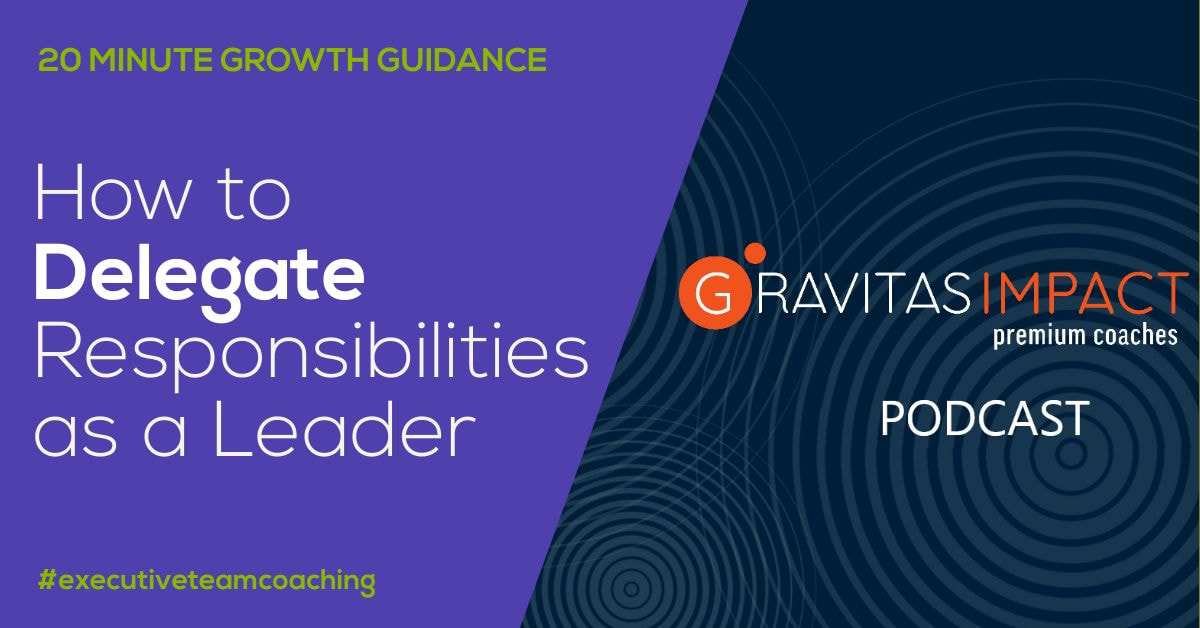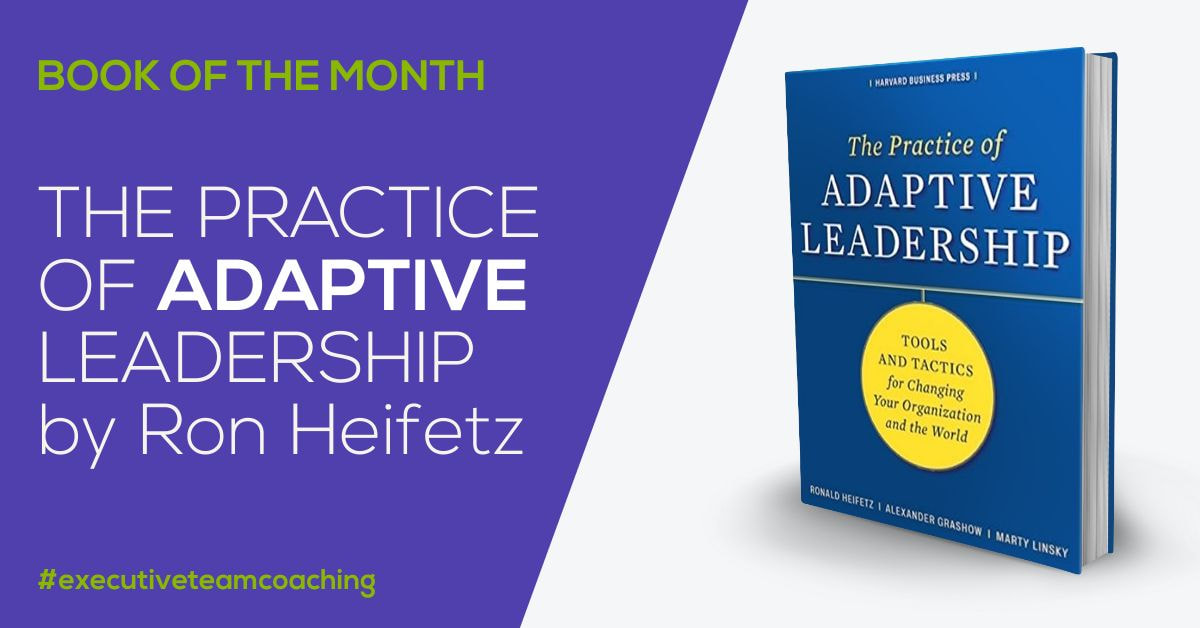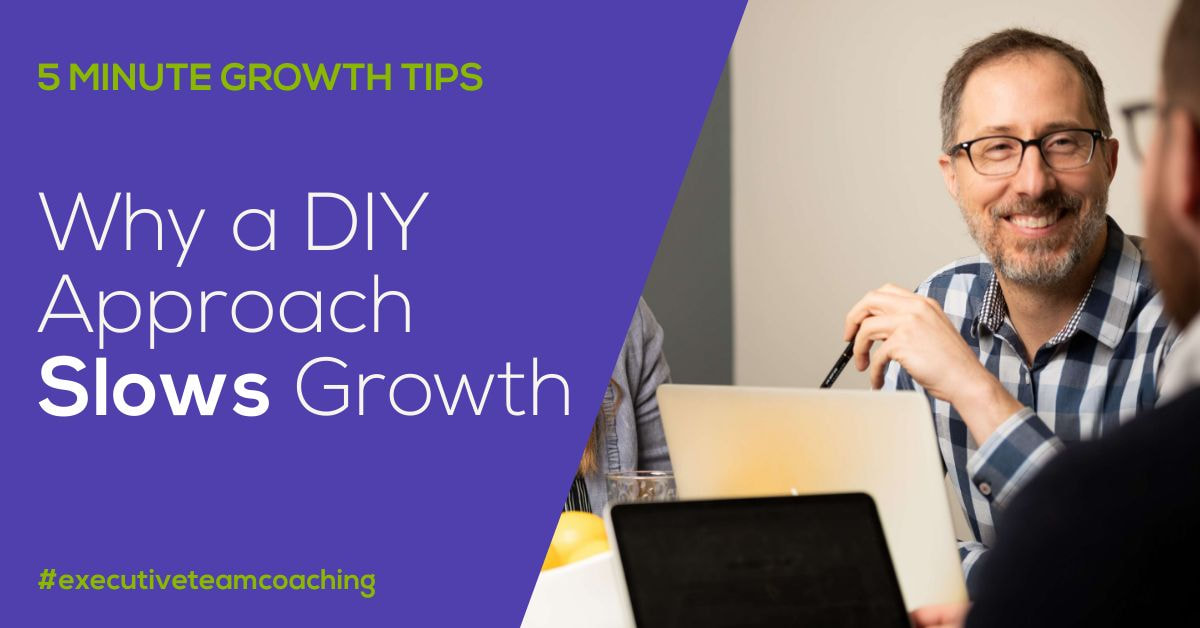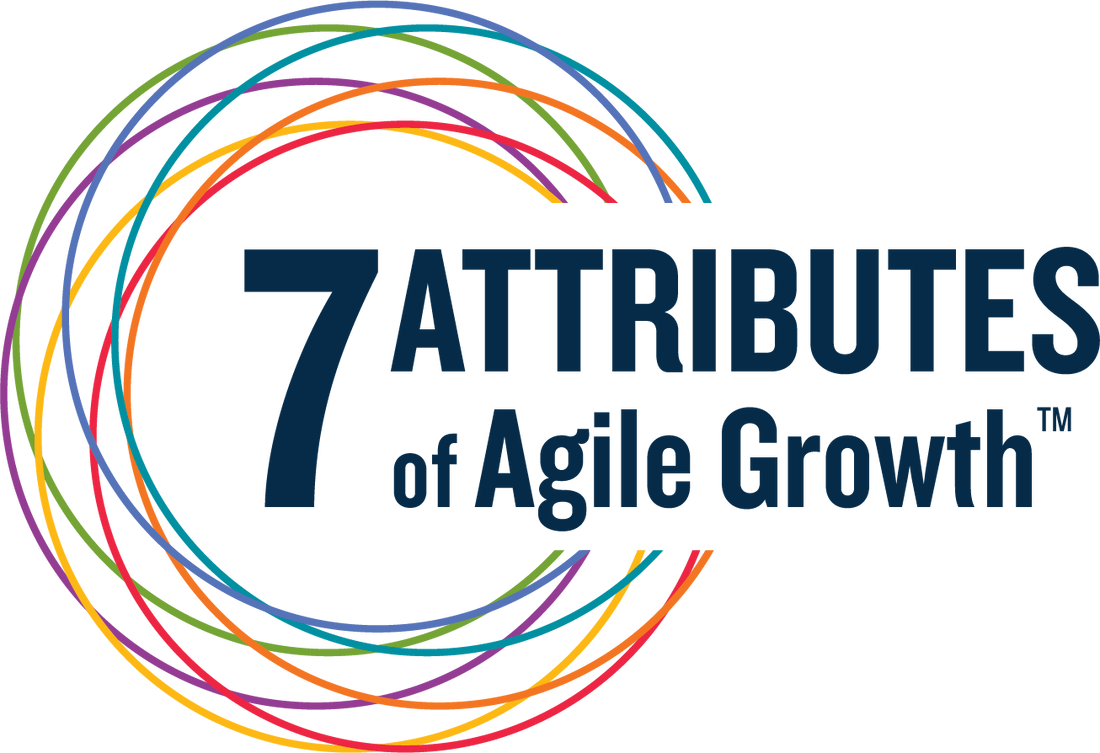|
Every CEO and entrepreneur I’ve met and worked with has faced the challenge of having to delegate some of their activities in order to grow their company. Often, they have to hand off things they do very well that allowed their company to get to where it is. And they can feel hesitant, and even reluctant, to do that. Yet, we find this to be a critical action for CEOs and owners of mid-size companies to create the time and space to focus more on leading their company and their people. In this Gravitas Impact Premium Coaches podcast, senior executive coach John Felkins, outside Nashville, Tennessee, shares a process we use to help CEOs and owners of mid-size companies identify activities they can and need to delegate and to transition those activities successfully, while growing others. Subscribe to Gravitas Impact podcast: Android
How can you develop others to take on more? To find out how to develop your people to grow more easily, quickly and profitability, AND enjoy the ride, try our complimentary Agile Growth Checklist. This self-service questionnaire takes 5 to 10 minutes to complete. You'll receive the checklist with your responses immediately. Within 24 hours, you'll receive a compiled report highlighting areas to improve. Complete section 2 to check your talent development processes. Or complete all 7 sections to find out how your company is doing in each of the 7 areas needed to produce more rapid, profitable and sustainable growth. This report is complementary and involves no obligation. There are many approaches to leading change to solve a problem.
Most include common practices, such as creating a sense of urgency, communicating the vision, celebrating early wins, etc. However, these methods fall down with a certain kind of problem called “adaptive challenges”. One indicator of adaptive challenges is that they persist after attempts to solve them. The Practice of Adaptive Leadership, by Ronald Heifetz, Marty Linsky and Alexander Grashow, goes through how to distinguish adaptive challenges from conventional “technical problems”, and how to successfully lead adaptive change. Technical problems are problems an organization has already developed the know-how to solve. For technical problems, one or more experts in an organization can identify and solve the problem on their own, with others adjusting in minor, known and predictable ways. Adaptive challenges, on the other hand, require a response that is outside the organization’s current knowhow. There is no one expert in the organization who can solve an adaptive challenge. It requires people to do their part. You can’t take the problem off the people because the people are part of the problem. Their ownership and responsibility-taking for the problem becomes part of the solution. Adaptive challenges require people in the organization to change and often require multiple perspectives to identify and solve them. Most problems are bundled. There are some problems that are purely technical. But most problems include both a technical problem component and an adaptive challenge component. Indicators of adaptive challenges include recurring crisis and persistent conflict. This happens when an adaptive challenge hasn’t been addressed fully in the past, because a technical fix was insufficient, and so the challenge resurfaces again and becomes a crisis or persistent conflict. Changes in leaders’, managers’ or employees’ actions and behaviors are great examples, as well as changes in culture and relationships. The authors argue the biggest mistake leaders make is dealing with adaptive challenges as though they are technical problems. That’s one big reason change efforts fail. This happens because leaders often assume any problem is a technical problem. So the leader throws technical fixes at an adaptive challenge. And so the problem persists. People get disappointed because the problem doesn’t go away. Employees feel the leaders should give them a solution, as do the leaders. This creates a dependency loop where leaders over-promise what they can deliver and employees are continually disappointed. Leaders need to instead ask employees to realize that there are alot of problems for which there are no quick solutions, where their own responsibility-taking will be needed, where they’ll have to put in effort to figure out solutions together, and where they themselves will need to develop knowhow to act or behave in new ways. The leader’s job isn’t to provide the answers but instead to frame the questions for which the answers are discovered over time by the collective intelligence of the people. This book, building on the authors’ two previous ones, acts as a practical guide. This one is a must-read for leaders looking to make lasting change on the persistent problems that have eluded them. Book: 304 pages. GetAbstract book summary: 5 pages, 10 minute audio. What could be changed and improved in your company? To find out what changes and improvements you could make to grow more easily, quickly and profitability, AND enjoy the ride, try our complimentary Agile Growth Checklist. This self-service questionnaire takes 5 to 10 minutes to complete. You'll receive the checklist with your responses immediately. Within 24 hours, you'll receive a compiled report highlighting areas to improve. This report is complementary and involves no obligation. In my 5 Minute Growth Tips article series, I’ve shared overviews of the key best practices for growing a thriving company.
Yet, you may be asking yourself, “how do I implement each of these best practices? how do I make them happen?” For example, how do I define the right functions on my leadership team? How can we set clear priorities for change and improvement? Or, how do I get my leadership team members to change their mindset? For some leaders, the thought of using an outside expert, like a coach, has never crossed their mind. One reason is they didn't know about coaching as an option. Another is they think it’s their job as a CEO to have all the answers and to figure these things out on their own. And that’s certainly an option...if they want to take the long road. Yet, did Mahama D’Ali, or Lennox Lewis, or any successful athlete, rise to the top of their sports by figuring everything out on their own? No. They each had a coach, an experienced advisor. Or Steve Jobs, Bill Gates, or Eric Schmidt? Did they build and grow thriving, enduring companies by taking a DIY approach? No, they also used coaches. The notion that a CEO has to figure it all out themselves is actually a self-limiting belief. For sure, CEOs and owners can get there on their own, over time. They’re smart, passionate, energetic and fast learners. But they’ll get there a lot faster with the support of an experienced external advisor. As I mentioned in my previous article in the series, business owners and CEOs often have a high internal locus of control, meaning they believe they have control within themselves to make things happen and influence the world around them. Sometimes, this belief shows up in a counter-productive way where they influence the world by doing too much themselves, rather than getting help from others. As a result, they become the bottleneck, slowing down the company’s development, growth and profitability. That said, let’s consider the option of figuring things out on their own. One could look up and read a book or two on each topic, find the books that include how-to guidance, and implement those best practices with their team. One could even make it simpler and read a book that includes a number of these best practices in one convenient, integrated package, tailored specifically for mid-size companies...like Scaling Up or the 7 Attributes of Agile Growth monograph. One could even attend a workshop where they get a chance to practice a bit with some of the tools. With each of these approaches, it’s then up to the CEO alone to implement their learning in their team and company. So, what are the advantages and disadvantages of a DIY approach? Some of the advantages are:
Some of the disadvantages include:
In short, the devil is in the details. And there are alot of them. And why is this the case? One word: complexity. Some specific improvements are straightforward, like defining a goal. One can Google how to set a goal like one can Google how to change the oil on a combustion engine. These narrow, individual problems have a straightforward, known solution that applies in most situations. However, improving how leaders lead and how companies operate isn’t so straightforward. Such changes involved a variety of interconnected organizational and leadership best practices. For example, strengthening accountability takes much more than setting a goal. And how the goal is set depends on other things like clearly defining individual accountabilities. It’s more like tuning a whole engine. There are multiple parts involved and multiple interacting solutions needed. There are a few other disadvantages to a DIY approach that aren’t the result of complexity.
For business owners or hired CEOs looking to build a great leadership team with the best practices that help them grow a thriving mid-size company, the thinking sometimes goes that it’s their job to have all the answers. They were smart enough to get to this point, so they must be able to figure the rest out on their own. Yet, the DIY approach often leads to failed attempts, cynicism, lack of commitment, delays and missed opportunities. As the 2020 Gravitas Impact Voice of the CEO survey showed, the results are foregone productivity, market share, revenue growth, profit and cash flow. It also found that CEOs often feel unsure, stressed, frustrated, scattered and reactive. Yet the owners and CEOs that get the furthest fastest tend to take a different path. They don’t focus solely on figuring out what they need to do, but also on who they need to learn from and partner with to speed up the process. In fact, the Voice of the CEO survey showed that CEOs who engaged a qualified Gravitas Impact business growth and executive team coach saw significant improvements in employee engagement, overall productivity, revenue growth and profitability. They also felt more focused, clear, confident, balanced, calm and strategic. In my next 5 Minute Growth Tip article, I’ll compare the pros and cons of various options for getting dedicated and tailored, external expert guidance, from strategic planning facilitators and business consultants to CEO forum groups, business coaches and executive team coaches. What can you do to grow your mid-size company? To find out what you and your leadership team could do to grow more easily, quickly and profitability, AND enjoy the ride, try our complimentary Agile Growth Checklist. This self-service questionnaire takes 5 to 10 minutes to complete. You'll receive the checklist with your responses immediately. Within 24 hours, you'll receive a compiled report highlighting areas to improve. Find out how your company is doing in each of the 7 areas needed to produce more rapid, profitable and sustainable growth. This report is complementary and involves no obligation. In partnership with The Growth Faculty, we’re delighted to offer you discounted rates to The 5 Question Leader with Michael Bungay Stanier. Organisational learning and development expert and author of the runaway best seller The Coaching Habit, Michael Bungay Stanier, has the secret sauce on bringing the skill of coaching into the workplace. In a 90 minute live masterclass, Michael draws on the experience of training more than 10,000 managers in everyday coaching skills to give you the tools to unlock your people’s potential. “Being more coach-like was the characteristic that most distinguished leaders who best created impact.” Michael Bungay Stanier Wednesday, August 10, 2021 - 7pm in SK and 8pm in MB NON-MEMBER: $99 | OUR NETWORK: $79 *Prices quoted in USD. How can you improve coaching in your company?
To take people development to the next level in your company to grow more easily, quickly and profitability, AND enjoy the ride, try our complimentary Agile Growth Checklist. This self-service questionnaire takes 5 to 10 minutes to complete. You'll receive the checklist with your responses immediately. Within 24 hours, you'll receive a compiled report highlighting areas to improve. Complete section 1 to check your people development processes. Or complete all 7 sections to find out how your company is doing in each of the 7 areas needed to produce more rapid, profitable and sustainable growth. This report is complementary and involves no obligation. |
Archives
December 2029
Categories
All
|






 RSS Feed
RSS Feed
